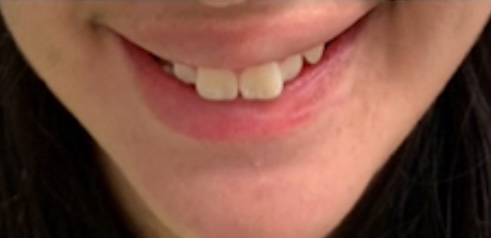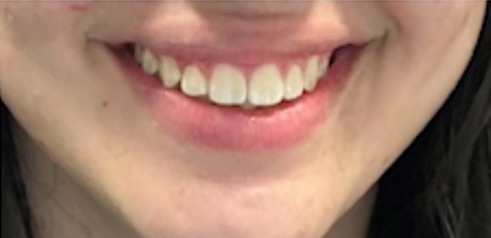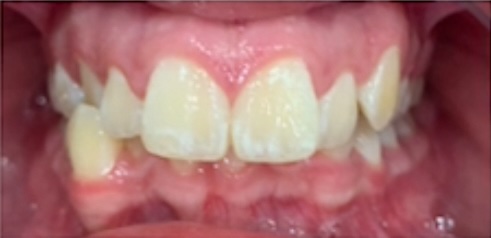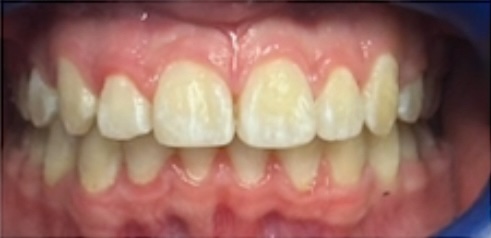Braces are the means to correct alignment of teeth, by creating tension areas in the bone around teeth to move them in small increments to the desired position. Braces Control teeth movements by different sets of wires and elastics.
Types of Braces
- Metal Braces, are the conventional braces and are more durable and fracture resistant. Teenagers like metal braces especially with changing elastic colors to create different looks.
- Ceramic Braces, are more esthetic and are a better choice for adults who don't like the appearance of metal braces in their mouths
Why is it important to have straight teeth?
- Straight teeth are more pleasant and esthetically attractive and reflect better health.
- Straight teeth are easier to clean and floss than crowded teeth, and that means less gum inflammation and less cavities.
- Better function. How do straight teeth perform a better function? Alignment problems, like open bite, are associated with lisps in the pronunciation of certain sounds, especially the "S" sound. Correction of open bite with braces can tremendously enhance speech in those people.
TM joint function is affected by teeth. Deep bite is always associated with TMJ problems due to the over-closure of the joint and increased activity of the facial muscles responsible for joint movement. Correction of the deep bite with braces can significantly improve TM joint function.
Breathing problems are associated with posterior cross-bite and narrow upper jaw, a problem that can affect a person's wellbeing. When the person is subconsciously forced to become a mouth breather. Correction of this problem by expanders, especially at a younger, age can lead to improve the essential function of breathing.
What to expect during a dental visit?
- Evaluation starts with an examination of teeth in relation to the position of lips, cheeks, and tongue and in relation to the face of the patient and profile.
- X-ray radiographs are checked for any abnormalities and to evaluate the bone and teeth before commencing treatment.
- Photographs are taken for evaluation of the case and as records.
- Braces are glued to teeth by a light-cured adhesive in a process called Bonding and wires and elastics are placed immediately.
What to expect after braces bonding?
The attachment of braces with wires and elastics creates tension in the bone around teeth which is expressed as pain and discomfort, especially during the first three days. The patient may take Tylenol to decrease pain, but it is better to avoid Advil, as it reduces tooth movement.
Cleaning with Braces
Food debris is retained in braces and wires. Together with plaque build ups, which can cause gum problems and bad breath. Brushing every time you eat becomes crucial. Brushing would take longer time than usual to ensure teeth and braces are clean.
Eating with Braces
Careful eating is mandatory for maintaining braces glued to teeth. Avoid hard food like carrots and sticky food like gummies, and chewing gum as this may break the glue of braces.
Inflammation of inner surface of lips and cheeks
This can happen in the first weeks of braces treatment. The body deals with braces as foreign bodies and rejects them in the form of inflammation. Covering sharp points with relief wax helps overcome this condition to certain extent until the body gets used to braces.
Follow up visits
Patients are seen once a month to activate braces to perform required movements, that includes changing wires, elastics, adding and removing auxiliaries depending on the movement needed.
Finally if you have any questions or if you would like to book an appointment, please give us a call at [226-239-3184]. We are here to help.




